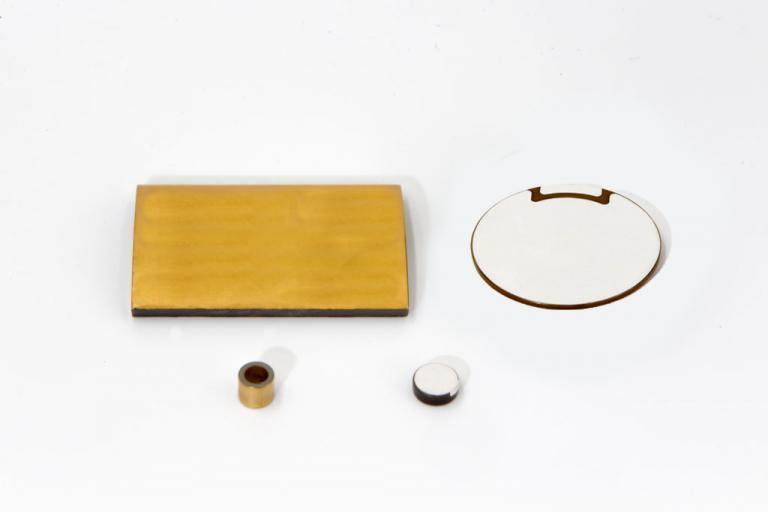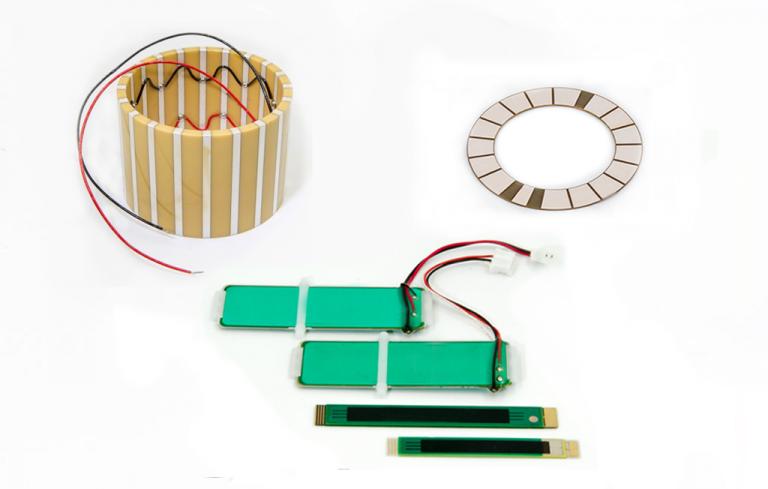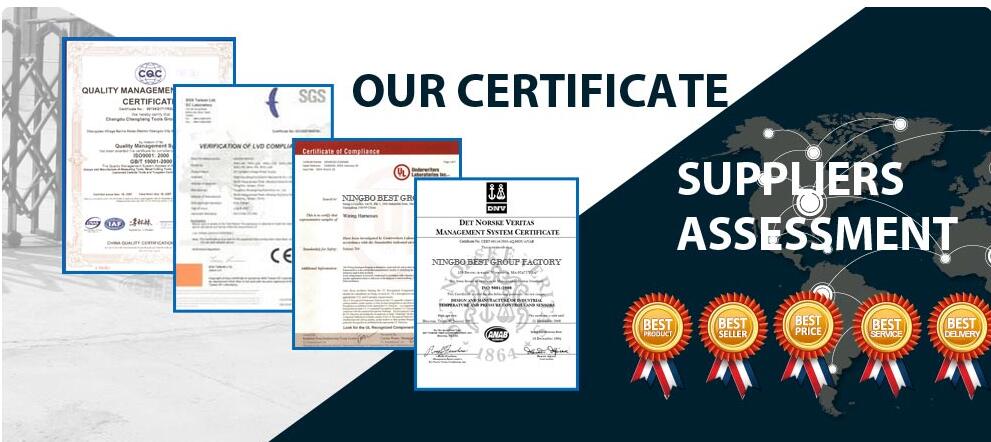Piezoceramic Products by Piezo Direct
Piezoelectric Disc
Piezoelectric discs
are circular piezo elements often found in automotive functions, sound production and amplification, liquid and fluid level measurement, and ultrasonic applications. Learn more about piezo discs here.
Piezoelectric Bending Strip
Piezo strip benders are thin pieces of active piezoelectric material connected to a passive layer. Strip piezo elements are commonly utilized in valve and pump controls, accelerometers, sound production, touch switches/controls, and fine machinery.
Piezoelectric Ring
Piezoelectric rings
are often used in multilayer stack piezo actuators to produce linear movement. Piezo rings are often found in ultrasonic applications, nanopositioning, microscopy, and precision machining. Learn more about piezo rings here.
Piezoelectric Tube
Tube piezo
actuators can generate axial displacement (changes in length) or radial displacement (changes in diameters). Tube piezoelectric actuators are often utilized for flow and level measurements and adjustments, scanning microscopy, and microdosing, commonly found in the industrial and commercial industries. Learn more about piezo tubes here.
Piezoelectric Bimorph
Bimorph piezoelectric actuators consist of two active piezoelectric layers bonded to a passive metal substrate or bonded directly together. This causes a bending motion that can either perform a desired task or generate a readable electrical output. Learn more about piezo bimorphs here.
Piezoelectric Unimorph
Unimorph piezoelectric actuators consist of one active piezoelectric layer often bonded to a passive metal substrate. Unimorph actuators deform in a single direction when activated by an electrical input and translate it into a mechanical output.piezo element arduino.
Piezoelectric Plates
and Blocks
Piezoelectric actuators shaped as plates and blocks can be engineered into any shape. Piezo block actuators are used for high power generation and applications. Learn more about piezo plates and blocks here
.
Your Trusted Piezo Supplier for High-Quality Piezoelectric Products
FBelec was founded in 1997 and is a professional joint-stock company that integrates the research and development, production, and supply of piezoelectric ceramic products and services such as piezoelectric ceramic sheets, piezoelectric components, ultrasonic transducers, and ultrasonic sensors.
FBelec has 500 employees and a factory covering an area of 13000 square meters. It has introduced a new production line and adopts advanced centrifugal granulation and fully automatic hydraulic forming technology. It has the ability to produce piezoelectric ceramic powder, 600000 pieces of piezoelectric ceramic chips, 60000 pieces of ultrasonic transducers and other products per month. The company designs and produces OEM products according to user needs.
FBelec Focusing on spherical crown piezoelectric ceramic sheets
Available diameter range: from 2mm to 100mm
Available frequency range: 200kHz to 10MHz
High durability: can exceed 3000 hours at 10W/cm2
Advanced ceramic metallization: nickel, titanium alloys, gold, etc
Customizable for various complex electrode patterns
FBelec produce micro piezoelectric ceramic
Ultra miniaturization: minimum 1mm level
Ultra high frequency: up to 12MHz
Various shapes: disc, square, ring, tube, focusing ball crown
Advanced ceramic metallization: nickel, titanium alloys, gold, etc
Customizable for various complex electrode patterns













